Painting Vs Photography
Art History Tuesdays
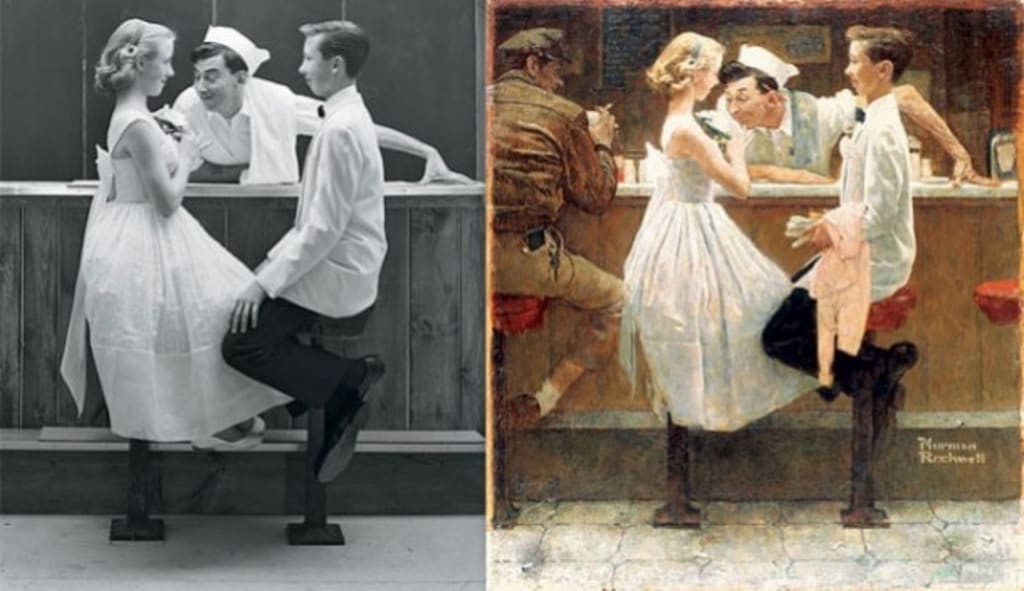
PAINTING VS. PHOTOGRAPHY
Painting and Photography are both very crucial parts to the history of art. Though Photography is a much newer medium than Painting, both have some similarities to one another. The pair to this day are a media anyone can pick up and attempt. But, does one medium more accurately capture reality than the other?
Painting can aspire to represent reality in many ways. Since the beginning of time, cultures tried to imitate reality in their drawings. Especially in the Baroque period, painters set to model after real life, throwing away the practice of using ideal physique, drawing a more natural shape for the human body.

Photography can aspire to represent reality by being able to capture what is physically in our reality. Though staging is a critical part of many photographers’ practice, a lot of everyday photographs taken are of the moment, especially with the modern use of cellphones.
More frequently, Photography in Advertisement has begun to stray away from touching up certain aspects of a woman’s face, one makeup ad even leaving in a woman’s peach fuzz on her upper lip while modeling a lipstick color. And in other ads, leaving laugh lines and stretch marks. Some might even argue that the process of ‘touching up’ a photo or using photoshop is a form of painting all its own. It is, definitely something that's taught in most art departments in colleges, and is a profession for many.

With this said, I don’t think either can be chosen as the definitive medium that more accurately captures ‘reality’. Just as Julia Margaret Cameron can manipulate her lens to create a blurrier photograph and give her subject a larger sense of personality, artists can do similar with Painting. Much like the case of “The Home of the Rebel” by Alexander Gardner, a photo can be staged; and in that sense is it really depicting reality at all? Or just the reality the artist wishes for us to view?
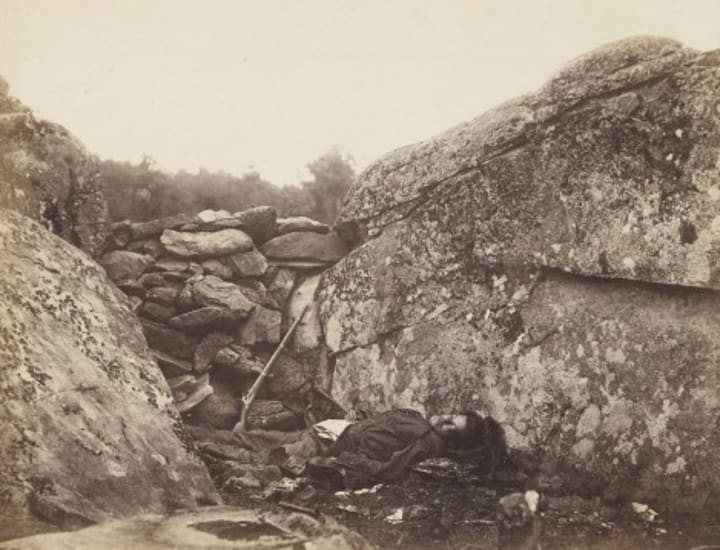
Painters can depict realistic scenes such as “The Stone Breakers” or more Impressionistic scenes like “Nocturne In Black And Gold, The Falling Rocket” but both give us a similar feeling of reality as well as the emotions behind the painting. So if we can sense intent, emotions and see the implied reality of a work of art, does it really make a difference which is truer to it’s original organic form?
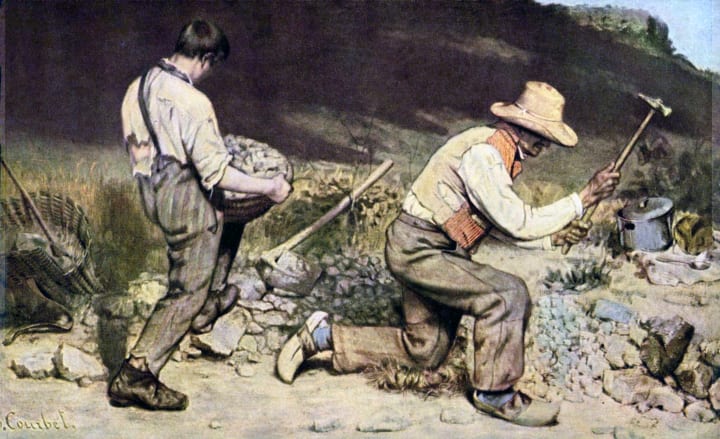
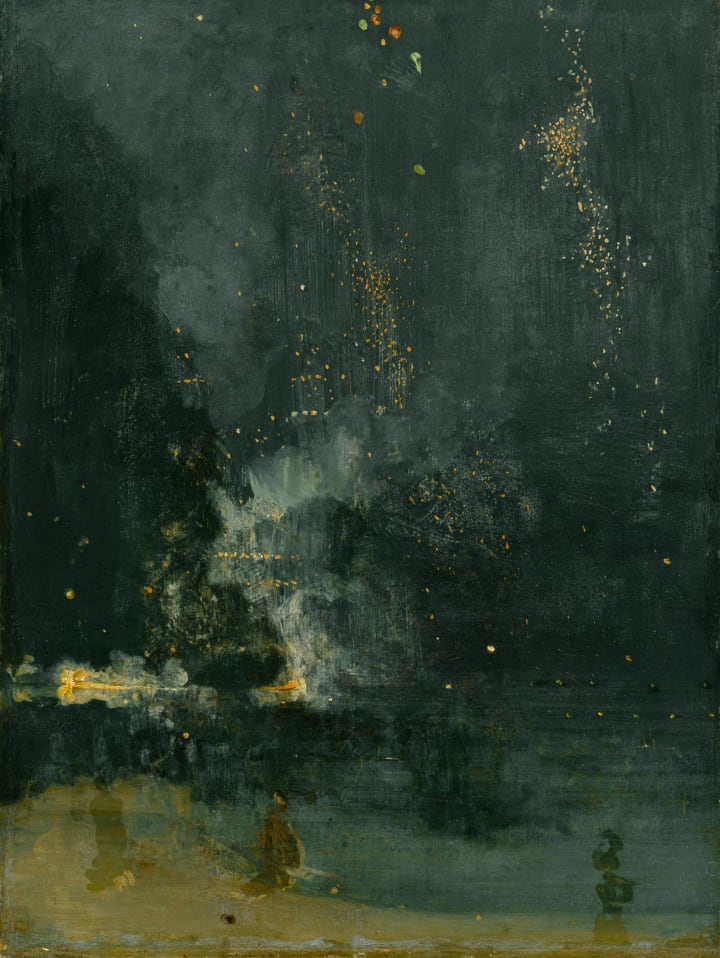
I believe the early use of the camera obscura furthered the art of painting and helped many artists throughout the years develop their skill. The camera obscura, the earliest pre-camera tool was developed in as early as 400 B.C. by a Chinese philosopher, Mo-tzu. Camera obscura became very popular in 1827, especially for Dutch and Italian artists.
The camera obscura translates to "dark tool" which is a rather fitting name. It was usually consisting of a small box with a pin sized hole in it. Shining light into the box and out of the hole projects whatever image that's outside of the box through the hole and onto a nearby wall or canvas. the image would often appear upside down. In more recent years, the camera obscura was achieved by putting black paper over the windows of an apartment, making a very small hole, and the city would be reflected on the walls.
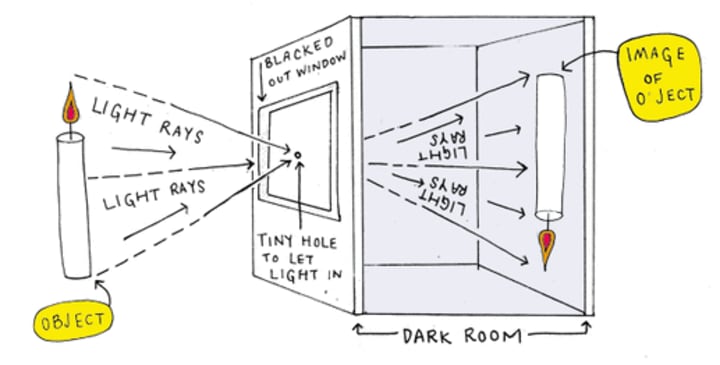
Through using the camera Obscura, artists in the 1800's and earlier were able to trace outlines of images and map out their landscape/cityscape drawings. In retrospect, upon the modern invention of the camera, the framing of painting influenced photography in many ways. Today, a lot of the same general rules apply to photography as they do to painting when it comes to composition.
Throughout history, both the use of photography and painting have aided the other in their development of artists and as an art form. Today, they’re used integrally in some industries, such as advertisement.
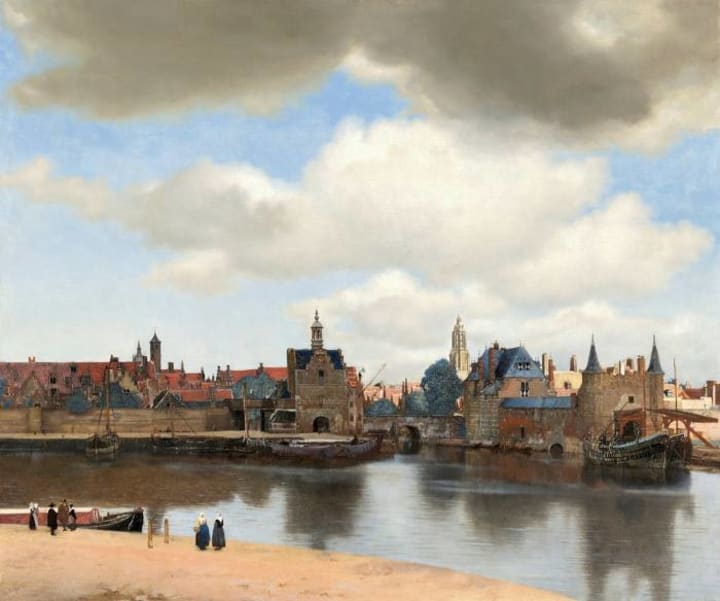
Like what you've read? Consider tipping below, to help fund future "Art History Tuesday" articles!
About the Creator
QuirkyMin
Aspiring writer, sharing articles of personal interest as well as original short stories.
https://linktr.ee/quirky.min
Enjoyed the story? Support the Creator.
Subscribe for free to receive all their stories in your feed. You could also pledge your support or give them a one-off tip, letting them know you appreciate their work.






Comments
There are no comments for this story
Be the first to respond and start the conversation.